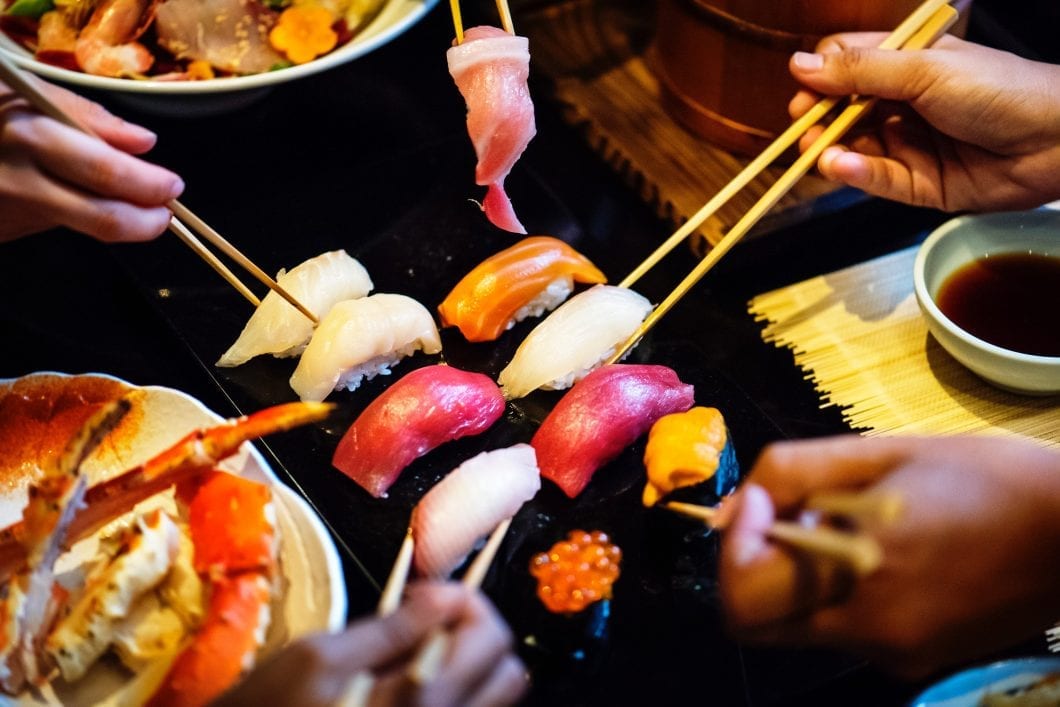The key to success is developing genuine, meaningful connections. Never Eat Alone: And Other Secrets to Success, One Relationship at a Time by Keith Ferrazzi is a self-improvement book focused on helping the reader sharpen their networking skills and nurture their professional and personal relationships. Because ultimately, to sum up the book’s overall message, if you’re eating alone, you’re missing out on an opportunity to network.
Why Networking is Important
When Never Eat Alone was first released in 2005, Ferrazzi shared everything he knew about networking at the time, and by the time the updated and expanded 2014 version was published, nearly 80% of jobs landed were done so through networking—not by applying to job postings or sending out unsolicited resumes.
What this tells us is that the most effective way to land a job is to be continuously expanding our network and fostering those connections. Never Eat Alone addresses the importance of building a large network, along with tips on how to do it, and how to keep those connections.
Four Key Areas the Book Focuses On
The book is divided into four sections that focus on sequential steps of the networking process.
1. Your Mindset
Before you throw yourself into networking, you need to work on yourself and your approach. Most importantly, try to maintain transparency (don’t be a schmoozer) and figure out your mission before you start going to conferences and networking events—after all, networking is useless if you don’t know what you want out of it.
2. Your Skill Set
Once you understand your goals and how to network genuinely, you can put your skills to use. From maximizing your networking opportunities and doing your research before a conference to connecting with people who have large networks, Ferrazzi emphasizes that instead of treating a conference like a vacation, you should treat it like a chance to connect with and learn from the people you admire from your industry.
3. Turning Connections Into Compatriots
It’s one thing to introduce yourself to a potential connection, but turning that connection into a lasting relationship is the real challenge. Section three is all about nurturing your relationships, and Ferrazzi suggests that the best way to do this is by affecting one of three areas: their financial or physical health, or by doing something for the benefit of children.
4. Trading Up & Giving Back
So, you’ve built and cultivated a strong network of connections. Now what? Ferrazzi guides the reader even further in section four, highlighting various ways you can continue to improve yourself, make yourself seem more interesting, and get close to the decision-making higher-ups.
Great Ways to Build Healthy, Lasting Connections
- Follow up–handwritten notes are especially personal.
- Mix and match your networks—inviting connections from different networks to dinners will help to build an even larger network.
- Don’t keep score–help your connections if you’re able to without expecting a favour in return.
- Don’t use conferences as vacations—use them as networking opportunities.
- Use birthdays as an excuse to touch base.
- Not only should you always be looking for a mentor, but you should also be open to mentoring others.




